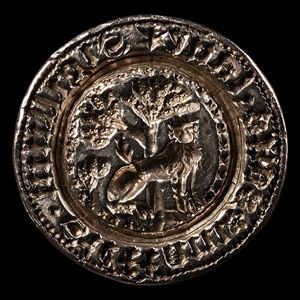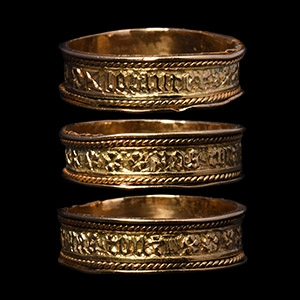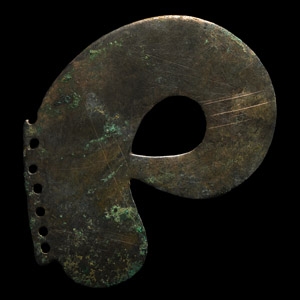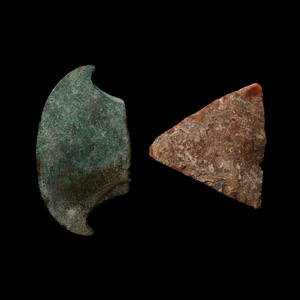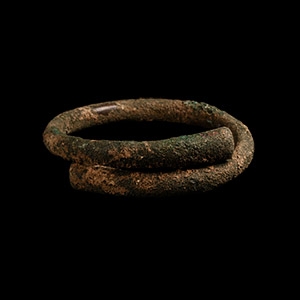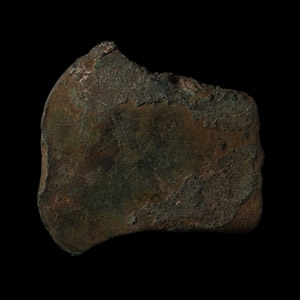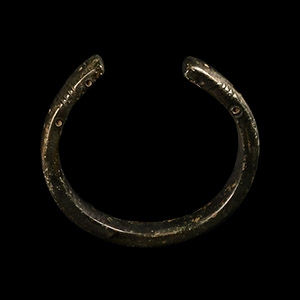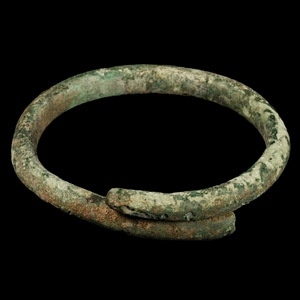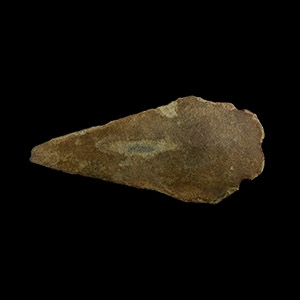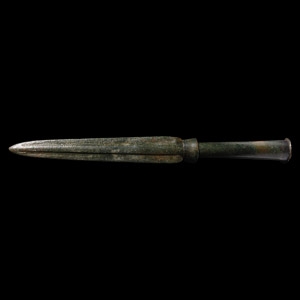Home > Auctions > 21 - 25 February 2023
Ancient Art, Antiquities, Natural History & Coins
Auction Highlights:
Early 1990s London collection.
Acquired on the UK art market.
From a private collection, Lancashire, UK.
Early 1990s London collection.
Acquired on the UK art market.
From a private collection, Lancashire, UK.
Acquired 1980-2015.
Ex Abelita family collection.
Ex UK art market, 1970s.
Property of a London gentleman.
Acquired 1990s.
Ex French collection.
Early 1990s London collection.
Acquired on the UK art market.
From a private collection, Lancashire, UK.
Essex gallery, early 2000s.
Early 1990s London collection.
Acquired on the UK art market.
From a private collection, Lancashire, UK.
Acquired 1990s.
English private collection.
Property of an Essex gentleman.
Found whilst searching with a metal detector in Kendal, Cumbria, UK, on Wednesday 1st January 2003.
Accompanied by a copy of the British Museum’s Portable Antiquities Scheme (PAS) report no.LANCUM-60B525.
Acquired 1980-2015.
Ex Abelita family collection.
See Schaeffer, C.F.A., 'Les fondements préhistoriques d’Ugarit' in Ugaritica, IV, Paul Geuthner, Paris, 1962.
The spearhead with split socket gained popularity in the Near East by replacing the earlier tanged variants in many regions. This is best seen in the Levant, particularly at Byblos and Ugarit. At Byblos, production exploded around 2000 B.C., and c. 480 weapons were deposited mainly between 2000 and 1750 B.C. Spearheads with split sockets are among the principal categories at both Byblos and Ugarit. The use of a base collar is attested on at least three MBA spearheads from Ugarit - but the majority do not have such collars. Similar spearheads were also characteristic of the Transcaucasian Trialeti culture during the same period.
Early 1990s London collection.
Acquired on the UK art market.
From a private collection, Lancashire, UK.
817 - 828 of 2116 LOTS


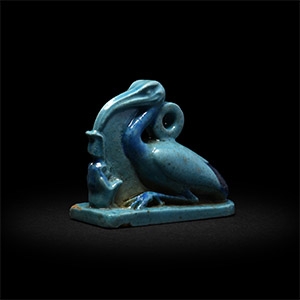



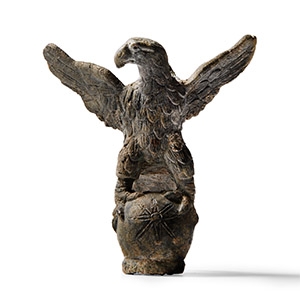
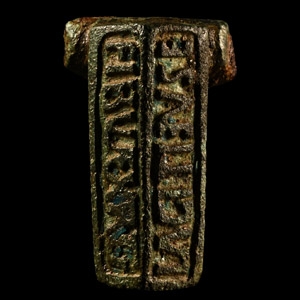

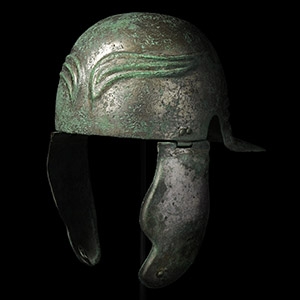
.jpg)
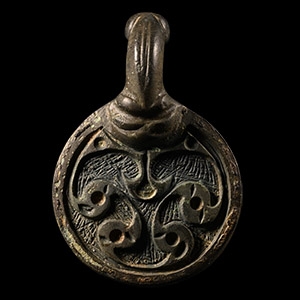
.jpg)
